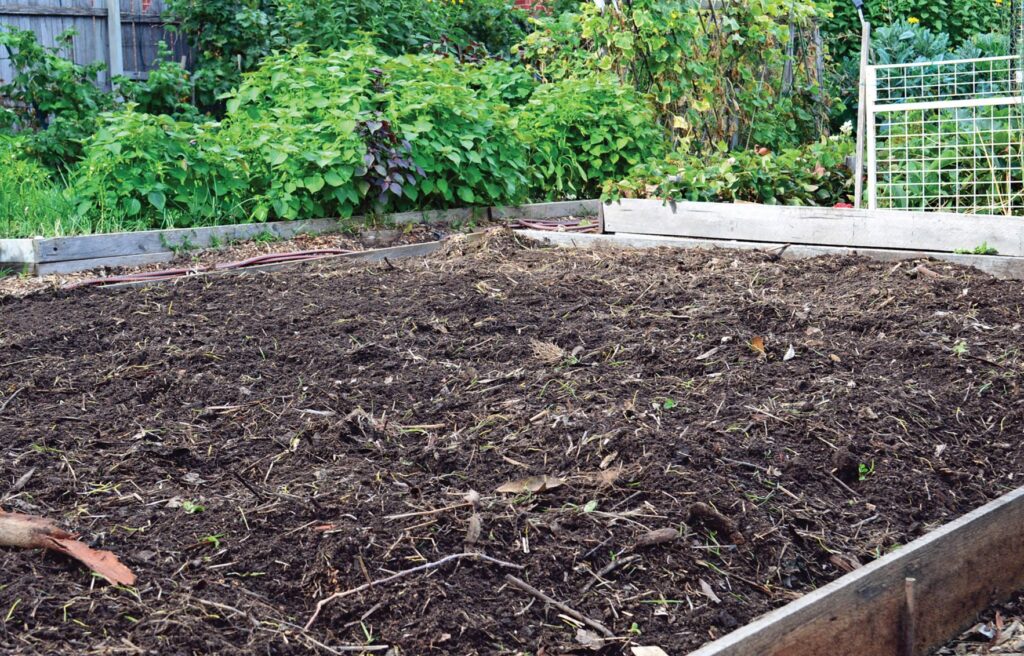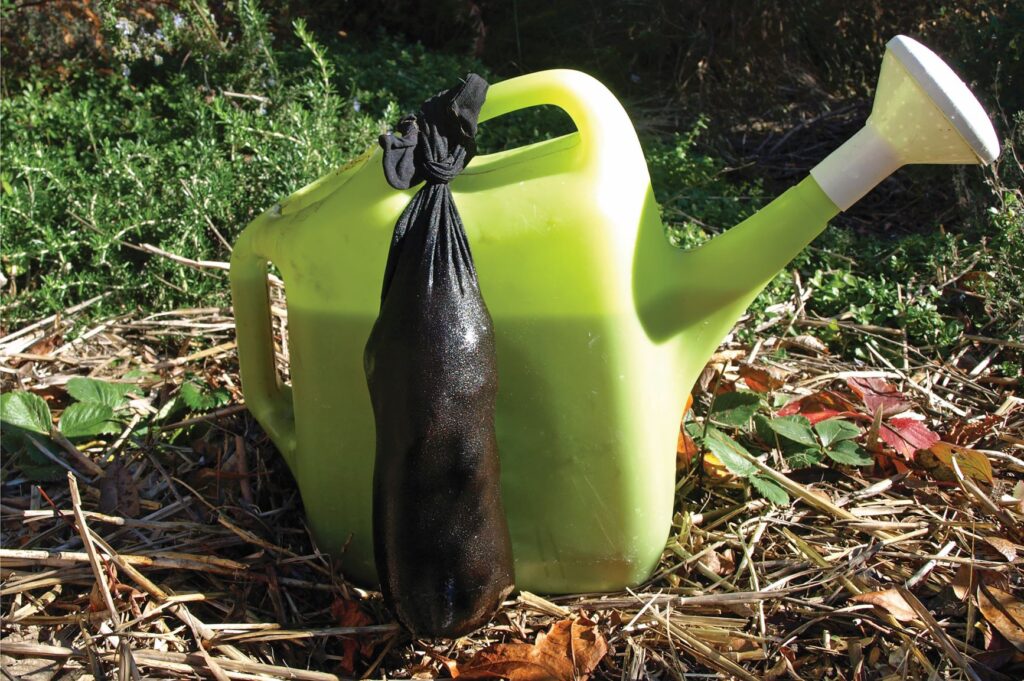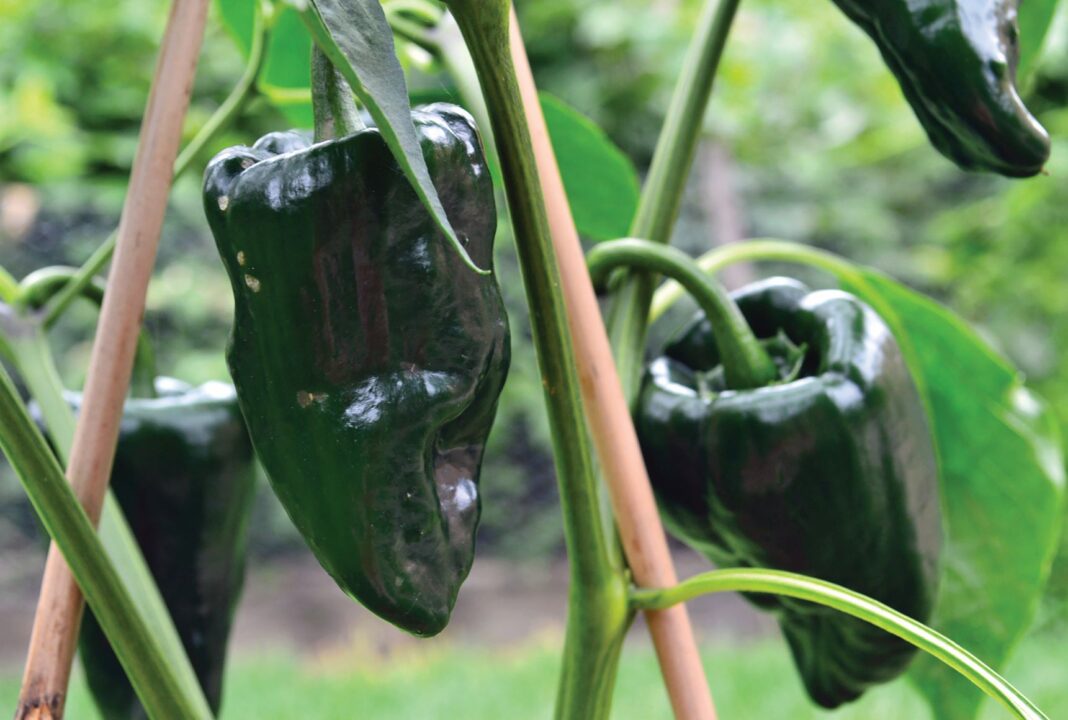It’s time to preserve the last of our summer veg. Antonietta, fellow gardener, cook and preserver extraordinaire, shares two of her favourite recipes.
PASSATA
A classic Italian recipe, perfect for preserving an abundance of tomatoes!
Ingredients
- Quality homegrown tomatoes
- Cooking salt
- Fresh basil leaves
Preparing the sauce
Wash tomatoes, removing any blemishes.
Blanch in large boiler for around 15 minutes, draining thoroughly.
Process tomatoes in food mill to separate flesh from skin and seeds.
Add 3 teaspoons of salt per 1 litre of tomatoes.
Bottling the sauce
Using sterilised 750ml bottles (brown or green is best), fill with passata to 3cm below the top, placing a fresh basil leaf at the bottom, middle and top of the bottle during the process.
Secure lid with capping machine.
To vacuum seal the bottles, place tea towel in base of boiler and arrange bottles so they aren’t touching. Cover with cold water, bring to the boil then simmer gently for 2 hours. Once cooled, remove and store in a cool dark cupboard.
PICKLED, SEMI-DRIED PEPPERS (CAPSICUMS)
This is a great recipe for using bug-damaged fruit – simply remove blemishes beforehand.
Ingredients
- Peppers
- Quality vinegar
Method
Clean peppers and cut into 3cm sections.
Soak for 24 hours in white vinegar.
Drain vinegar and remove excess liquid with tea towel.
Dry peppers in hot sun for half a day, turning each hour.
Seal in container and freeze until needed.
In the garden this week

- Autumn is the time to carry out general maintenance and odd jobs around the garden including preparation of vacant beds for future plantings. I like to aerate beds with a garden fork and top dress with compost and aged cow manure. I also apply organic mulch such as lucerne, pea straw or sugarcane to a depth of no more than 5cm – with the colder weather you want the warming sun’s rays to still be able to get through to the soil.
- Fertilisers can be applied in autumn while plants are actively growing. Ensure soil is moist beforehand. Avoid over applying synthetic fertilisers as it encourages vulnerable growth (making plants more susceptible to pests and diseases and frost damage), can cause salinity buildup in the soil, and is a waste of resources and money.

- Early to mid-autumn is a suitable time for light to moderate pruning of cold-hardy shrubs after they have finished flowering. Pruning should be carried out with clean, sharp ‘parrot style’ secateurs and loppers. Secateurs can be used to cut stems up to 15mm in diameter, and loppers up to 25mm.
- Many plants can be transplanted and divided during autumn before it gets too cold. Online sources can tell you when the best time is for specific varieties (make sure sites are relevant to cool climates). Reduce overall plant size as needed (including root mass), to improve stability and minimise stress. Water in with plant tonics such as seaweed extract or homemade worm and comfrey tea.
For more:



